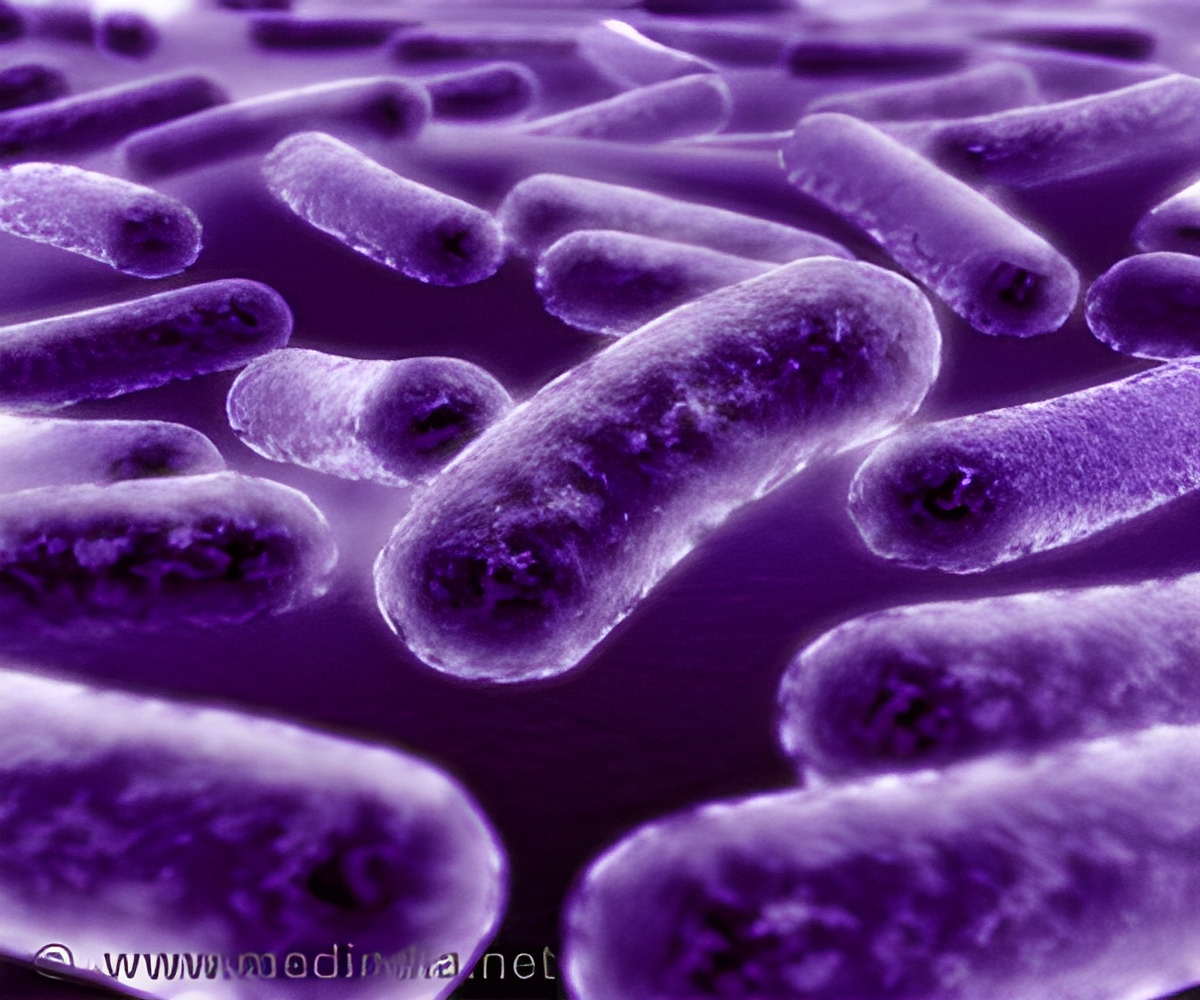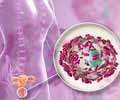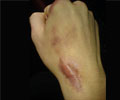Treating wounds has now become more sophisticated than sewing stitches and applying gauze, however, dressings still have certain shortcoming
Treating wounds has now become more sophisticated than sewing stitches and applying gauze, however, dressings still have certain shortcoming. Now scientists are reporting the next step in the evolution of wound treatment with a material that leads to faster healing than existing commercial dressings and prevents potentially harmful bacteria from sticking. Their study appears in the journal
ACS Applied Materials & Interfaces.
Yung Chang and colleagues note that the need for improved dressings is becoming urgent as the global population ages. With it, health care providers will see more patients with bed sores and associated chronic skin wounds. An ideal dressing would speed up healing in addition to protecting a wound from bacterial infection. But current options fall short in one way or another. Hydrogels provide a damp environment to promote healing, but they don't allow a wound to "breathe." Dry films with tiny pores allow air to move in and out, but blood cells and bacteria can stick to the films and threaten the healing process. To solve these problems all at once, Chang's team looked to new materials.
They took a porous dry film and attached a mix of structures called zwitterions, which have been used successfully to prevent bacteria stickiness in blood filtering and other applications. The resulting material was slick to cells and bacteria, and it kept a moist environment, allowed the wound to breathe and encouraged healing. When the scientists tested it on mice, their wounds healed completely within two weeks, which is faster than with commercial dressings.
Source-Eurekalert

 MEDINDIA
MEDINDIA


 Email
Email








